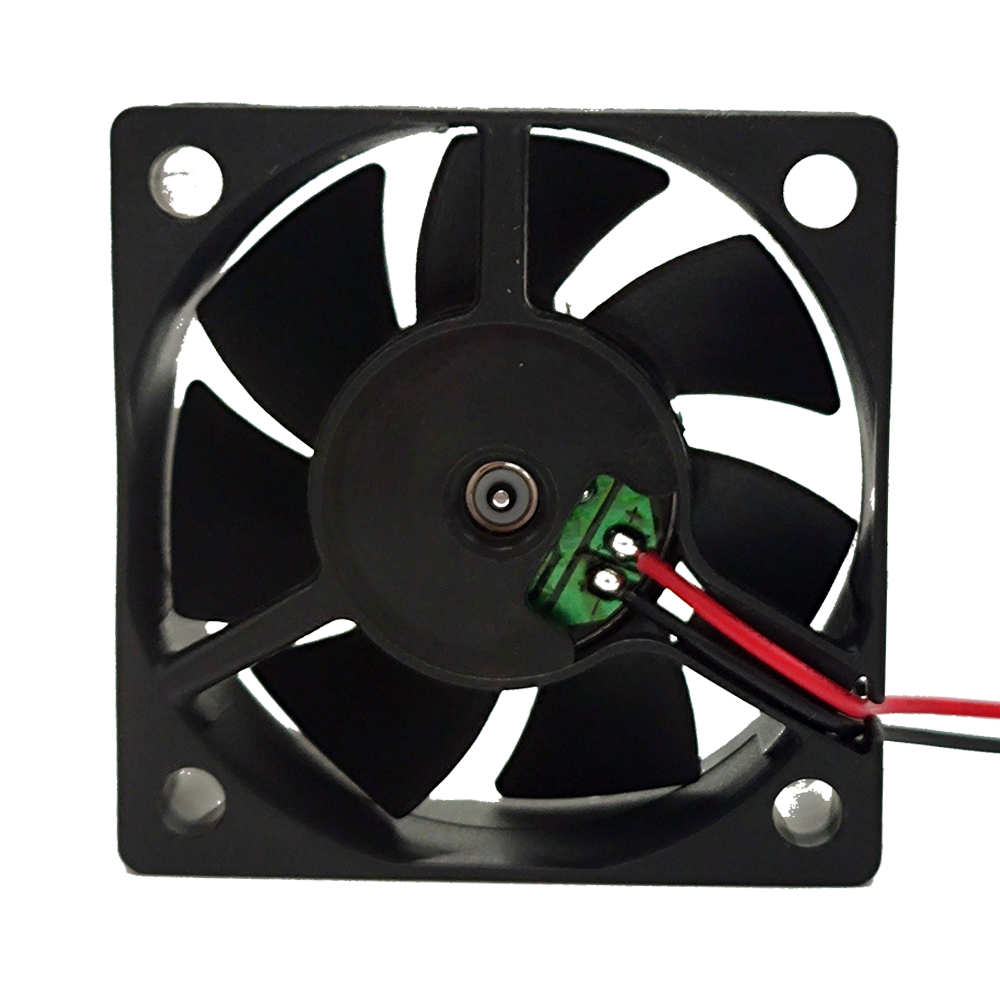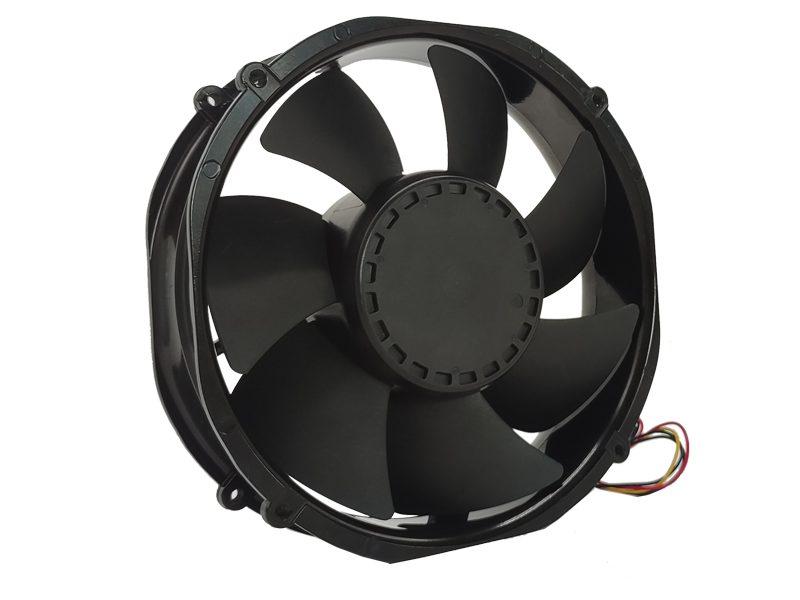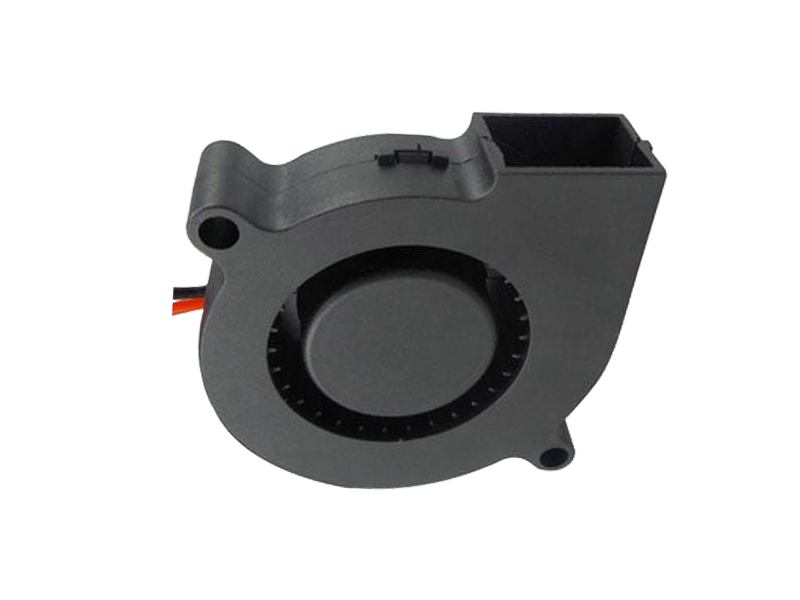As corporate sustainability targets tighten, industrial fan manufacturers face pressure to adopt circular economy principles. This article outlines strategies for eco-design, energy optimization, and end-of-life management.
1. Eco-Design Principles: Cradle-to-Cradle Thinking
Modular architectures: Allow component-level upgrades without whole-system replacement
Recycled content: Aluminum alloys with 75% post-consumer scrap reduce embodied carbon by 3.2 tons per fan
Biodegradable lubricants: Eliminate toxic waste in maintenance routines
A pilot program in Scandinavia achieved 92% material recovery rates through fan takeback initiatives, creating a closed-loop supply chain.
2. Energy Optimization: Beyond Efficiency Ratings
Waste heat recovery: Thermoelectric generators convert exhaust air into auxiliary power (up to 150W per unit)
Demand response integration: Fans automatically reduce consumption during peak tariff periods
AI-driven commissioning: Machine learning algorithms optimize airflow balance, cutting energy waste by 18% in commercial buildings
3. Circular Business Models: Servitization Opportunities

Fan-as-a-Service (FaaS): Subscription models shift CAPEX to OPEX, guaranteeing performance-based SLAs
Performance contracting: Manufacturers bear upgrade costs, sharing energy savings with clients
Remanufacturing programs: Overhauled fans retain 85% of original value at 60% of new unit cost
4. Regulatory Navigation: Navigating Carbon Taxation
The EU CBAM (Carbon Border Adjustment Mechanism) and SEC climate disclosure rules require transparent lifecycle assessments (LCAs). A pioneering LCA tool by ABC Industries maps emissions across 12 supply chain tiers, enabling targeted decarbonization.
5. Future-Proofing: Hydrogen Readiness
As industries transition to hydrogen, fans must resist H₂ embrittlement. Nickel-based alloys and polymer linings prevent catastrophic failures in electrolyzer cooling systems. Prototype testing shows these materials maintain integrity at 300 bar hydrogen pressures.
Conclusion
The industrial fan market demands a tripartite focus: technical mastery, sector-specific customization, and sustainable innovation. Manufacturers that master these dimensions—through advanced motor controls, biomimetic aerodynamics, and circular business models—will dominate the $9.2 billion market by 2030. The future belongs to fans that not only move air but also advance industrial ecology.
Recommended Products

The main purpose:Car charging station

The main purpose:Car charging station

The main purpose:Electronic refrigerators, water dispensers, direct drinking machines, inverter power supplies
Address:No. 4137, Longgang Avenue (Henggang Section), Henggang Community, Henggang Street, Longgang District, Shenzhen
hotline:13530005572(Chen)15112579390(Li)


Welcome all friends to come for consultation and negotiation.
Copyright 2024 @ Shenzhen Youneng Xinyuan Electronics Co., Ltd.,(industrial fans,industrial blowers,axial fans,cooling fans manufacturer,centrifugal fans,ac cooling fans,dc cooling fans)